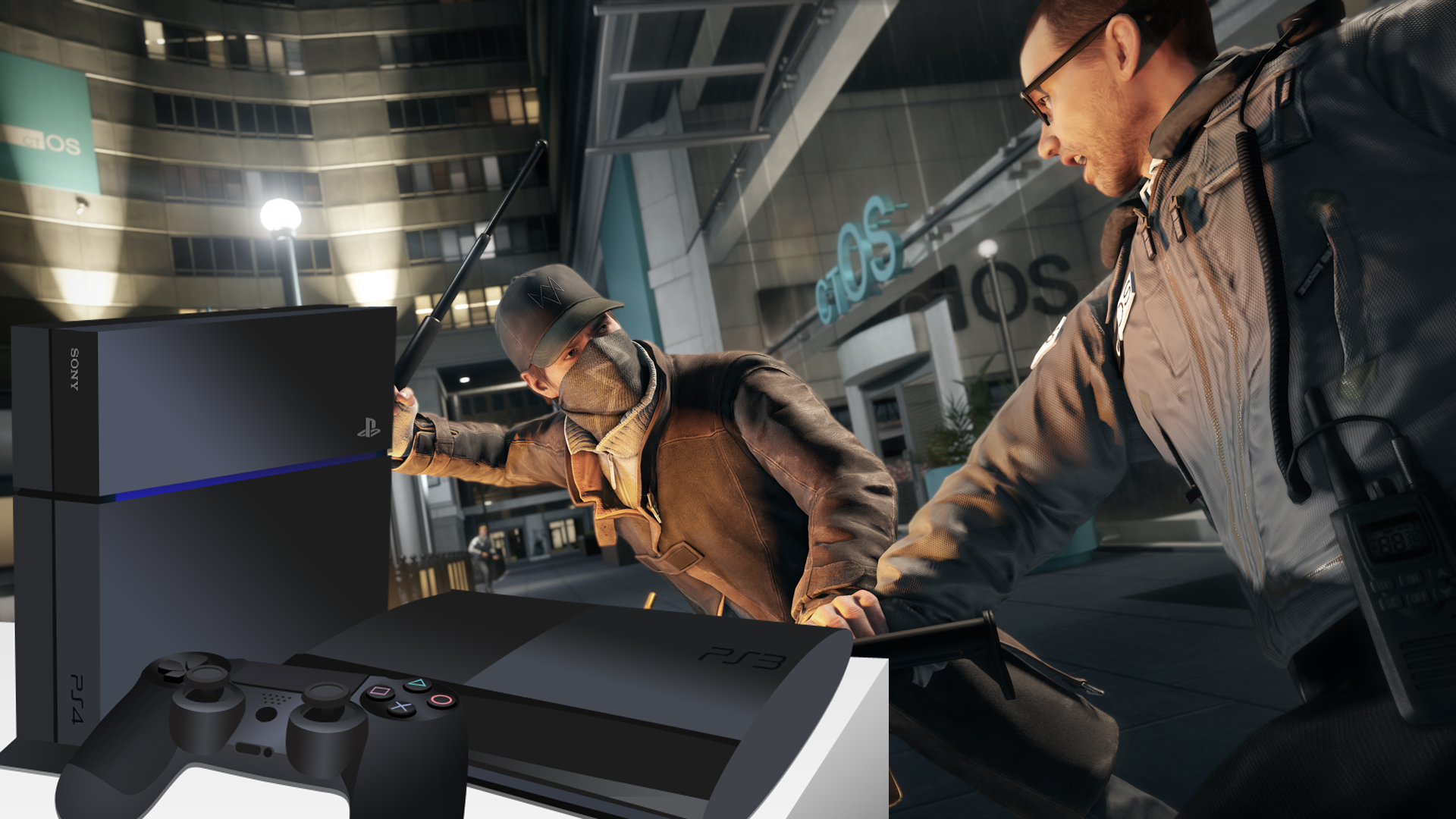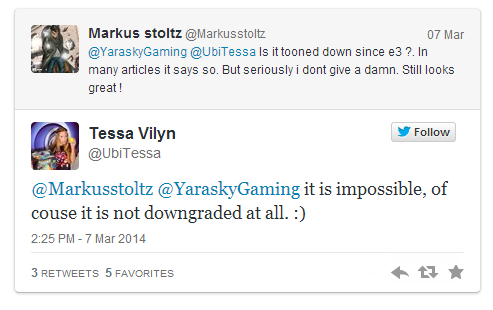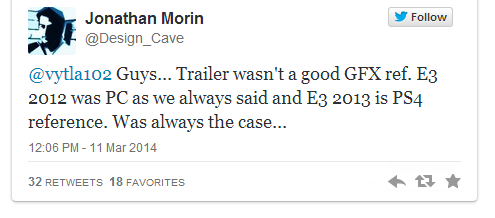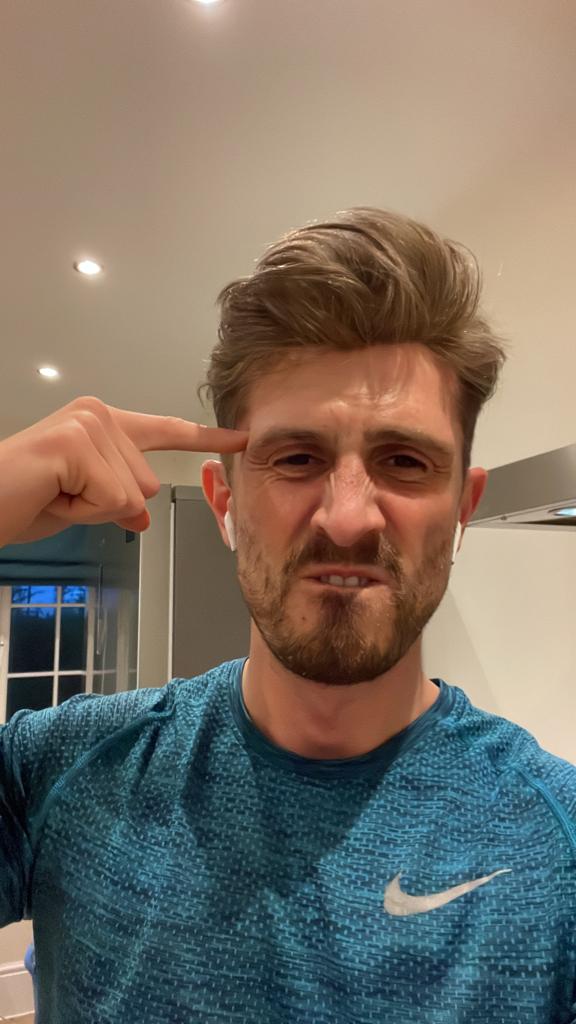Did Ubisoft mislead gamers about Watch Dogs' next-gen graphics?
Rendering trailers on high-end PCs is a frustrating trend that needs more transparency

If you've ever had the pleasure of hearing a bunch of jaded gamers enter a withering-off with each other about their shared passion, there's every chance you've heard the term 'bullshot'.
It's a term we like to roll out when a publisher releases wildly misleading screenshots of its games. Screens bereft of any UI or HUD, for example.
Screens that appear to be filled with every single element of the game all at once, battered by so many explosions in progress, muzzle flashes and weather phenomena that you wonder if the person who made them has ever seen a) a videogame or b) real life.
The problem with bullshots
"Most common of all the bullshots are the ones captured from high-end PCs and presented as console footage."
Most common of all the bullshots are the ones captured from high-end PCs and presented as console footage.
It's such common practice these days that we don't even batter an eye when we see Sergio Ramos slide-tackling Alexis Sanchez mid-shot at an unplayable zoom level to promote the new FIFA.
Less common is the even murkier practice of presenting 'target render' footage of a game early in its development cycle that eventually reveals itself to be completely unrepresentative of the final version's quality; bullshots in motion.
Sign up for breaking news, reviews, opinion, top tech deals, and more.
Killzone 2 is the original prankster here, showing us heart-stopping target footage in 2005 that the game duly failed to deliver on when it arrived.
Aliens: Colonial Marines pulled a similar stunt during its development from 2008 to 2013, to the extent that Sega had to go back and put disclaimers on its trailers. Awkward.
Hack's back
"Ubisoft was able to operate well within the boundaries of acceptable behaviour and still leave gamers feeling swindled."
You're reading about these clandestine industry practices in an article about Watch Dogs not because it's necessarily guilty of the above, but because there's so little enforceable legislation forcing publishers to accurately represent final game quality.
Consequently it was able to operate well within the boundaries of acceptable behaviour and still leave gamers feeling swindled.
The bad press started when Watch Dogs re-emerged with a new trailer and release date after dropping off the radar for five months.
Having slipped from the next-gen console launch window to May 27th, the dystopian open world hack-'em-up treated us to a new trailer in the hopes of whetting our appetites anew.
That was when people started spotting game footage they'd seen before at the game's reveal at E3 2012, this time with markedly less impressive graphics.
Textures appeared washed out, cars less reflective, colour pallets less vibrant. It wasn't a difference in video compression – there was something odd going on. Check it out for yourself:
After the latest trailer hit, fans (funny word, that) began accusing Ubisoft of 'downgrading' the graphics in Watch Dogs. It was an accusation the publisher categorically denied:

Even so, it was evidently a touchy subject for Ubi – several viewers of a Twitch Live stream featuring Watch Dogs' creative director Jonathan Morin reported being kicked off for using the word 'downgrade.'
Finally, Morin attempted to clear up the confusion via Twitter:

So there's no visual downgrade at work here. Ubisoft simply showed PC footage with all the sliders set to 11 at its E3 2012 reveal, and the later footage showing inferior visual quality comes from PS4.
After all, in 2012 neither next-gen console had been announced yet. It was coming to 'consoles and PC' and looked way too good for PS3 and 360 so we interpolated the rest, but Ubi didn't mislead us – the game was running on PC, and at looked handsome as hell.
Ubisoft Montreal didn't even have PS4 or Xbox One test kits yet, so how on earth could it have demonstrated final game quality on unannounced consoles?
Live Aiden
"The vast majority of those pre-orders aren't held by PC gamers with the kind of rig capable of running that E3 2012 build."
But, hang on, is that alright? According to analyists Cowen & co, Watch Dogs was the second most pre-ordered game of 2013.
It comes in six different editions. I don't have the data in front of me, but I'll stick my neck out and say the vast majority of those pre-orders aren't held by PC gamers with the kind of rig capable of running that E3 2012 build.
No, some of them are for next-gen copies of the game, bought under the assumption that next-gen and PC graphics would be if not identical then certainly not different enough to warrant a comparison video with 500,000 views.
I'll reiterate – Ubisoft hasn't done anything explicitly wrong here, but surely it can see why someone with a console copy pre-order would feel misled.
Since we're not dealing with a wrongdoing, I'm also not out to apportion blame – it's more useful to isolate the cause of the confusion so we can avoid it in future. Of all people, it's Jonathan Morin himself who points us in the right direction:
"They forced us to go at E3 2012," Morin told EDGE. "We didn't know what the hell those new consoles would be, so Watch Dogs really has worked on [seventh]-gen systems since the start. But we always pushed the ideas, the design, the core of Watch Dogs in such a way that we felt it would fit well with what we thought would be the future of games.
"Yves was the one who wanted us to go at that E3, even though we felt it was a bit early, and in the end I think he was right."
He certainly garnered a lot of attention – and praise – for Watch Dogs by doing so. But the timing of a game reveal isn't just determined by the stage of its development. It's driven by fiscal factors; projected share values and the like.

Things have got to change
This was where the confusion started: a next-gen game was revealed before the consoles it would be releasing on, before its developers even knew what those consoles were capable of.
As a result, there's a swarm of bad feeling and comparison GIFs following a hugely exciting game around, killing its buzz.
The Watch Dogs debacle is worthy of its very own angry letter to Anne Robinson, and only an industry-wide agreed standard of transparency at pre-release stage will avoid similar scenarios.
Give us the credit for discerning the difference between PC and console footage, and there won't be any need to ban us for #downgrade.
Phil Iwaniuk is games editor at Official PlayStation Magazine UK and was once caught out by a real life 'target render' which turned out to be a friendly vagrant wearing a home-made Scarlett Johansson mask.
Gaming on TechRadar

- PlayStation games are coming to PC
- Real gamers appreciate the joy of player limits
- Why Virtual Reality is the future of PlayStation 4
- How technology shapes the future of gaming
- Will the PS Vita Slim be Sony's last handheld console?
- Has Gears of War killed this hot new Xbox One game?
- 5 best PS Vita Slim games
- Lara Croft in Final Fantasy makes me want to smash things
- It's time for the Xbox 360's last great adventure
- The amazing game that proves resolution isn't everything
- Is this the end for the Bioshock universe?

Ad creative by day, wandering mystic of 90s gaming folklore by moonlight, freelance contributor Phil started writing about games during the late Byzantine Empire era. Since then he’s picked up bylines for The Guardian, Rolling Stone, IGN, USA Today, Eurogamer, PC Gamer, VG247, Edge, Gazetta Dello Sport, Computerbild, Rock Paper Shotgun, Official PlayStation Magazine, Official Xbox Magaine, CVG, Games Master, TrustedReviews, Green Man Gaming, and a few others but he doesn’t want to bore you with too many. Won a GMA once.